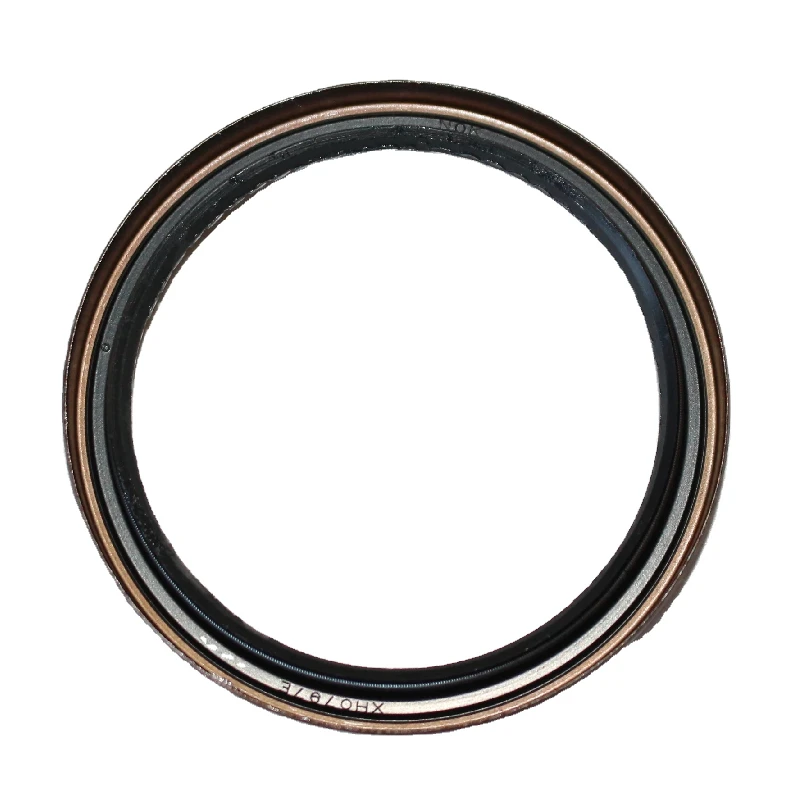transmission extension housing
Understanding Transmission Extension Housing An Essential Component in Automotive Engineering
In the intricate world of automotive engineering, every component plays a critical role in the vehicle's overall performance and efficiency. One such vital element is the transmission extension housing. This component, often overlooked by the casual observer, serves significant functions that directly impact the vehicle's operational capability.
What is Transmission Extension Housing?
Transmission extension housing is a section of the transmission system that extends from the main transmission case, typically at the rear. Its primary purpose is to house the output shaft, which transfers power from the transmission to the drive shaft and ultimately to the wheels. The housing not only supports the output shaft but also plays a crucial role in maintaining proper alignment and can even affect the vehicle's overall geometry.
Design and Materials
The design of the transmission extension housing is critical to its function. It must be strong enough to withstand the substantial torque produced by the engine while remaining lightweight to avoid adding unnecessary weight to the vehicle. Traditionally, these housings are made from cast aluminum or magnesium alloys, materials known for their excellent strength-to-weight ratios. As advancements in materials science develop, manufacturers are exploring composite materials that offer even better performance characteristics.
Role in Vehicle Performance
The performance of a vehicle hinges significantly on how effectively power is transmitted from the engine to the wheels, and the transmission extension housing plays an integral role in this process. A well-designed housing ensures minimal loss of power during the transfer, enhancing fuel efficiency and overall performance. Poorly designed or damaged extension housings can lead to misalignment of the output shaft, resulting in vibrations, increased wear, and eventual failure of the transmission system.
transmission extension housing

Maintenance and Common Issues
Like all automotive components, the transmission extension housing requires periodic inspection and maintenance to ensure optimal performance. Common issues associated with this component include leaks, damage from road debris, and wear due to heat and friction over time. Regular maintenance can include visually checking for oil leaks around the housing, inspecting the output shaft for any signs of wear or damage, and ensuring that all connections are secure.
Future Developments
As the automotive industry shifts towards greater efficiency and sustainability, the design and function of transmission extension housing are also evolving. Innovations in manufacturing processes, such as 3D printing, are being explored to create more complex yet efficient designs that minimize weight while maximizing strength. Research into smart materials that can adapt to changing stresses could further enhance the functionality of this component.
Furthermore, with the rise of electric vehicles (EVs), the role of the transmission extension housing may undergo significant changes. In many modern EV designs, traditional multi-speed transmissions are being replaced by single-speed systems that simplify the design and reduce the number of components needed. However, the principles of housing strength and durability will remain important, as the torque produced by electric motors can be substantial.
Conclusion
In summary, the transmission extension housing is a critical component of the vehicle’s transmission system, directly influencing performance, efficiency, and durability. Understanding its role highlights the importance of every piece of the automotive puzzle, reinforcing the idea that even the smallest components can have a significant impact on overall vehicle dynamics. As technology continues to advance, the transmission extension housing will evolve, further enhancing its capabilities and ensuring that vehicles meet the demands of tomorrow’s driving environment. Hence, whether you are an automotive enthusiast or a casual driver, appreciating the intricacies of components like the transmission extension housing can provide a greater understanding of the vehicles we rely on daily.
-
The Ultimate Guide to Car Repair Kits: Tools and Essentials Every Driver Should Own
News Aug.01,2025
-
The Complete Guide to Oil Pan Gaskets: Sealing Engine Leaks the Right Way
News Aug.01,2025
-
Preventing Oil Leaks: A Complete Guide to Oil Pan Gaskets and Drain Seals
News Aug.01,2025
-
Everything You Need to Know About Oil Pan Gaskets and Drain Plug Seals
News Aug.01,2025
-
Essential for Car Owners: How to Use a Car Repair Kit to Deal with Minor Breakdown
News Aug.01,2025
-
Comprehensive Guide to Engine Oil Sump Gaskets and Related Seals
News Aug.01,2025
-
The Ultimate Guide to Boat Propeller Bearings and Trailer Wheel Bearings
News Jul.31,2025
Products categories















